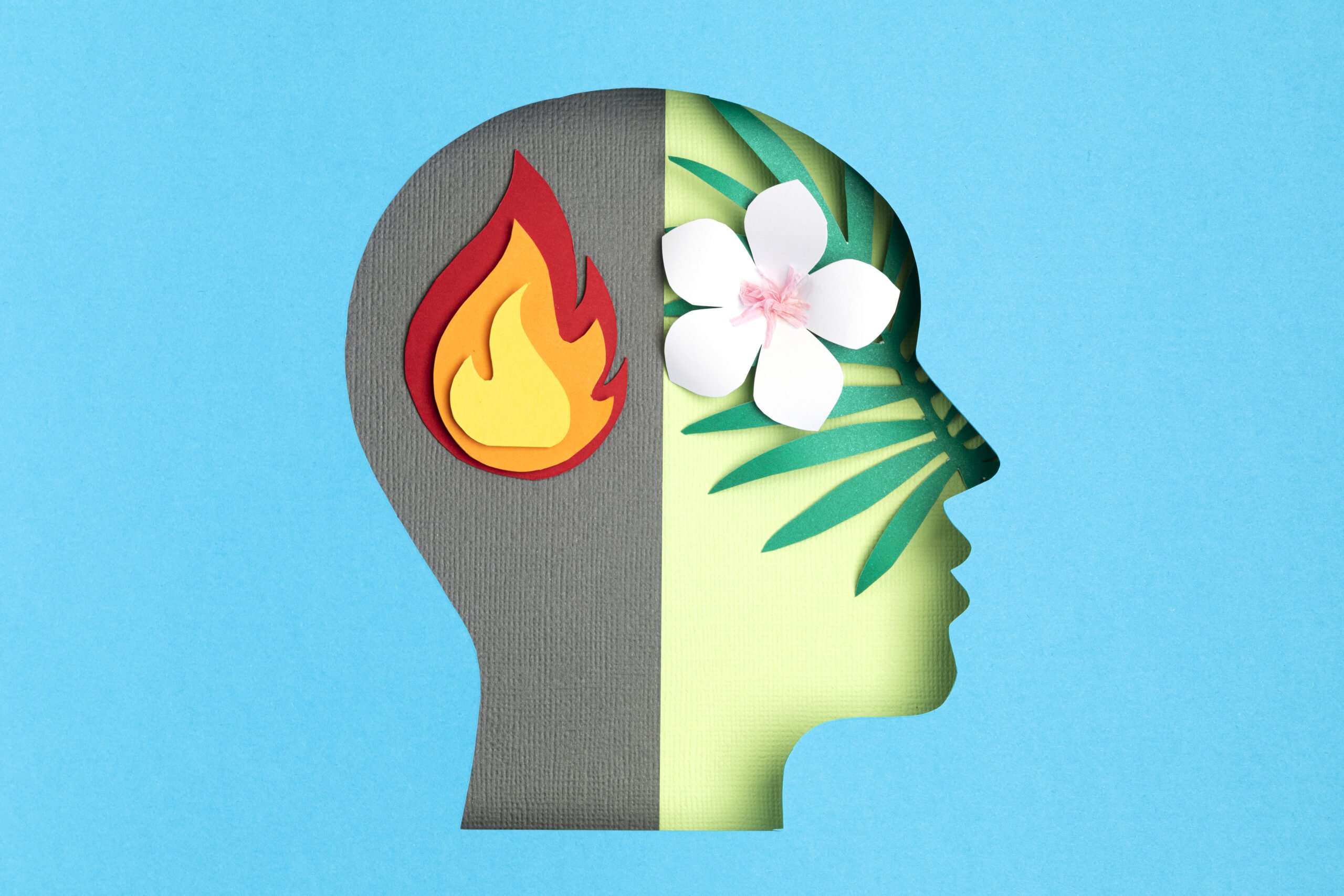What if everything you thought you knew about Borderline Personality Disorder (BPD) episodes was only part of the picture? Most people expect explosive outbursts, but some of the most overwhelming episodes happen in complete silence.
In this article, you’ll learn what BPD episodes really look like, from explosive outbursts to quiet shutdowns and everything in between. We’ll explore common triggers, emotional patterns, and practical strategies for support and recovery, whether you’re experiencing BPD yourself or supporting someone who is.
If you’re struggling to regain emotional balance after BPD episodes, Acceptance Path Counseling can help. Our licensed therapists offer evidence-based BPD counseling to help you build emotional resilience, healthy relationships, and long-term coping strategies.
Understanding Borderline Personality Disorder Episodes Through Real-World Examples
To truly understand BPD episodes, let’s step into the shoes of someone living with it. This is someone I know, let’s call her Riley. Riley could be your friend, your sibling, or even you.
On the outside, Riley seems to have it together: working hard, showing up for friends, trying to keep life on track. But emotionally? It’s a different story.
What Does a BPD Episode Feel Like?
Imagine your emotions are like a volume knob. For most people, it ranges from 1 to 10. But for Riley, it can jump from 2 to 11 in a split second, way beyond what most people experience. It’s not just feeling a lot; it’s like your emotional system has a secret turbo mode.
Here’s the twist: not every episode is explosive. Sometimes Riley gets angry or visibly upset. Other times, she just shuts down, goes silent, or feels emotionally numb. Occasionally, she feels so disconnected, it’s as if she’s watching life from the outside.
Let’s bust a myth here: these reactions are not choices. No one wakes up and decides, “Today I want to have a meltdown.” It’s more like the brain hits the panic button on its own when things get too painful.
What Triggers a BPD Episode?
Why do those with BPD react so strongly to things others barely notice?
It’s not about being too sensitive. It’s about feeling disconnected. Even small things, a text, a canceled plan, can trigger a tidal wave of emotions. Why? Because the brain is wired to spot danger where others see nothing.
A BPD episode may be triggered by:
- A perceived or real rejection
- Sudden changes in plans or routines
- Criticism (even if constructive or neutral)
- Arguments or interpersonal conflict
- Feelings of abandonment or isolation
- Lack of communication or emotional validation
- Unexpected stressors or overwhelming situations
- Fear of losing someone important
- Reminders of past trauma or emotional neglect
For those with BPD, a simple disagreement can feel like the end of the world, and for Riley, it often does.
What Happens During a BPD Episode?
- A trigger hits. Emotions surge fast and hard, like water boiling over.
- The need for reassurance becomes overwhelming, but the paradox is, the more Riley needs connection, the harder it is to reach out.
- Desperation may turn into anger or harsh self-criticism.
- Then comes the crash: shame, guilt, and deep isolation.
Episodes vary wildly. Riley might yell, threaten self-harm, or act impulsively. Other times, she might go silent or numb for hours or even days.
Common Symptoms of a BPD Episode
During an episode, moods can flip instantly.
- Riley might feel disconnected from her body or reality itself, a symptom linked to dissociation.
- She may become suspicious or convinced that people are talking about her or plotting against her.
- Impulsive decisions can happen in seconds, often with lasting consequences.
- She may lose her sense of self.
- The urge to do anything that feels good in the moment can override all logic.
After A BPD Episode
When the storm passes, most people feel completely drained, as if they’ve run a marathon.
For Riley, relationships can take a hit. Loved ones may feel confused or scared. Then comes the shame and regret. She knows her behavior was intense, and that awareness can make things worse.
There’s always a looming fear: When will the next episode strike?
How to Support Someone During a BPD Episode
If someone you care about is having a BPD episode, what should you do?
Surprisingly, don’t argue with logic. Instead, show understanding. Say things like:
- “I can see you’re hurting.”
- “Your feelings make sense.”
Use grounding techniques:
- Deep breathing together
- Holding something cold
- Naming objects in the room
If things get serious, if someone talks about self-harm or seems disconnected from reality, don’t hesitate. Call a crisis line or emergency services.
Strategies for Managing BPD Long-Term
With BPD, the more you try to control overwhelming emotions, the stronger they get.
The alternative? Acceptance.
Acceptance and Commitment Therapy (ACT)
Acceptance and Commitment Therapy (ACT) teaches you to make space for tough emotions and treat them like temporary visitors, not enemies. Here’s how it works:
- Step 1: Acceptance
Riley practices sitting with discomfort: “Oh, I’m having that feeling again. This is hard, but it will pass.” - Step 2: Values-Based Action
She takes action based on honest communication, even when triggered.
Emotional pain often indicates what you care about most. If Riley fears abandonment, it’s because connection matters deeply to her.
The goal isn’t to stop episodes entirely; it’s to change your relationship to these emotions. You can live a meaningful life, even when things get intense.
Dialectical Behavior Therapy (DBT)
Dialectical Behavior Therapy (DBT) is highly effective for managing BPD, teaching skills for:
- Mindfulness
- Managing relationships
- Emotional regulation
- Stress tolerance
This therapeutic approach blends cognitive-behavioral techniques with concepts of acceptance and validation. It helps you manage crises in the moment and build a more stable emotional foundation over time.
Mindfulness-Based Cognitive Therapy (MBCT)
Mindfulness-Based Cognitive Therapy (MBCT) combines cognitive therapy with mindfulness practices to help individuals observe their thoughts and feelings without judgment.
It builds awareness of emotional patterns and reduces automatic, reactive behaviors. By learning to pause and reflect, you can gain greater control over intense emotional states and develop a more grounded sense of self.
Debunking Common Myths About BPD Episodes
Let’s challenge some assumptions about BPD:
- Not every episode is loud. Silent suffering is just as real, and often more dangerous.
- BPD isn’t just a “woman’s disorder.” Men experience it too, though symptoms may look different.
- BPD is treatable. With the right support and therapy, people like Riley can learn to manage emotions and build stable, loving relationships.
Learn To Manage BPD Episodes with Acceptance Path Counseling
At Acceptance Path Counseling, we use evidence-based approaches like DBT, ACT, and MBCT to help you handle the emotional intensity of BPD episodes with greater clarity and control. Whether you prefer in-person or virtual therapy in Texas, our licensed therapists will walk with you in your journey toward emotional stability and meaningful connection.
Schedule your appointment today and get the tools you need for lasting emotional change.






